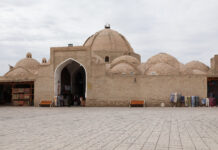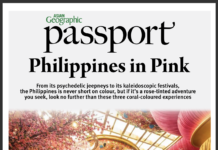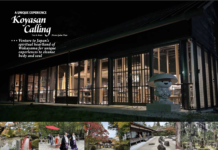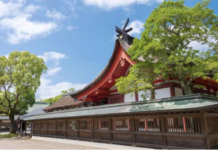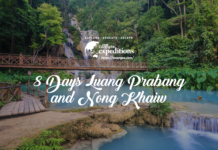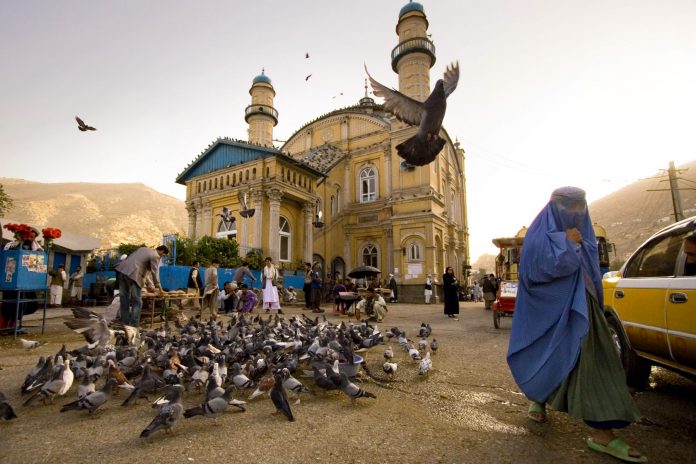
A city on the cusp of change
Text Zahra Sadat
As far back as my memory stretches, Kabul has been home – one wrecked by years of war. It is not a place for the faint of heart, yet for those who remember the golden days, or their innocent children, who have delighted in the treasures of the city amid the horrors and unrest, the capital does have its strange way of tugging at one’s heartstrings.
Many areas have left an indelible mark on my soul, despite it being disappointed numerous times by injustice and false promises. In an uncertain environment like this, it is of utmost importance to find a creative outlet to soothe one’s aching pride. The Institut Français is one of my favourite places because it consistently holds cultural programmes on a weekly basis. This place prepares one for the opportunity to improve and develop culture. It introduces one to Afghan culture and artwork, and provides an avenue to review and discuss ways to open up communication channels. Locals attend these programmes, which typically concern people of all nationalities and backgrounds.
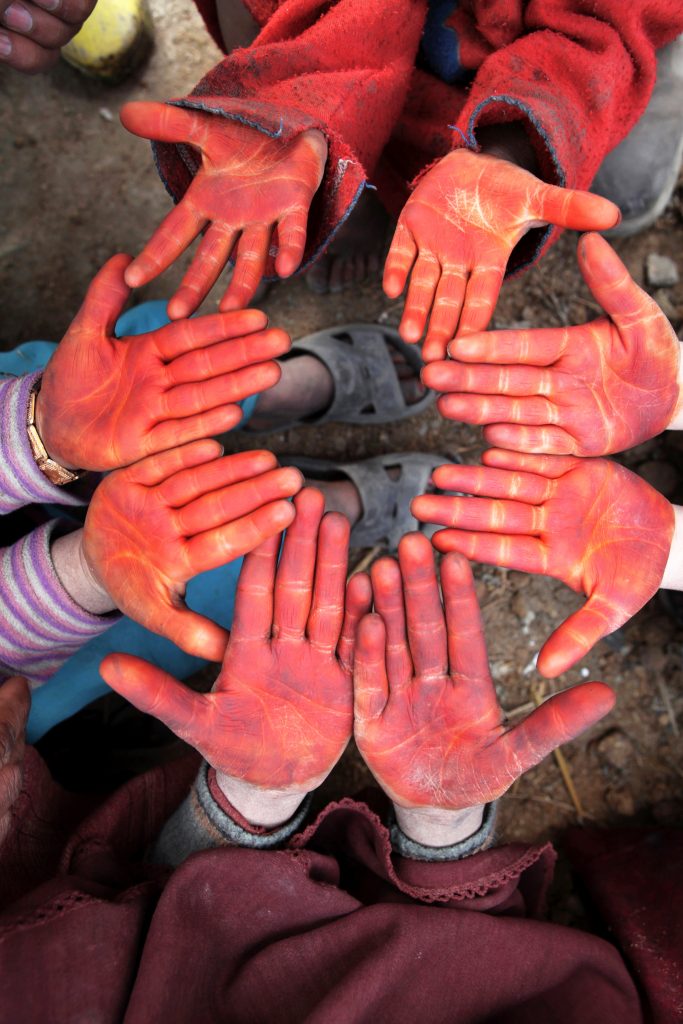
Baq Babur (Babur Garden), a centre of history, culture and entertainment, is bursting with possibilities. Established as far back as 1528 and famously known as the final resting place of the first Mughal Emperor, Babur, the site now attracts a diversity of people and acts as a platform for creativity through the airing of different views and ideas. The replanted garden and beautiful buildings never fail to serve as a continual source of inspiration for my film projects.
Thoughts and beliefs are the most influential cultural elements. As a filmmaker, I am constantly working with themes that deal with development, reinvention and change. This is why Old Kabul, the only place in the city that has been restored and rebuilt by Turquoise Mountain – a foundation responsible for the regeneration of Afghanistan’s traditional arts and historic areas – strikes a particular chord with me. Its architecture proudly shows off elements of Afghan culture and history and bestows us with a renewed sense of national identity. This is rare since, in recent years, new buildings have been constructed according to imported designs and sadly, bear little connection to our heritage.
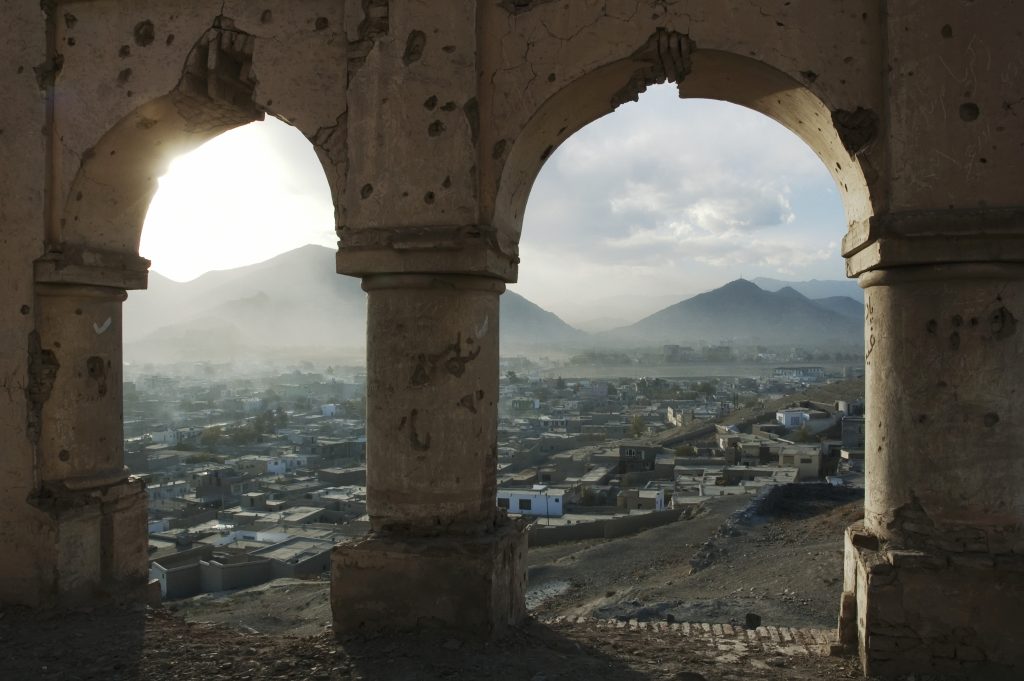
Another part of Kabul, named Murad Khani, is also known as Old Kabul. In this area of the capital there are large, beautiful houses in an aging Eastern architectural style lining the narrow earthen streets. I love to stroll past these roads and marvel at these grand residences, which are largely unoccupied. They are evidence of a war-scarred nation, housing owners who have evacuated their abodes due to the civil conflict. It both pains and comforts me that they will never be back again. There is a deep paradox existing between what things were, what is now and what should be. I sometimes feel one could never experience such complex sentiments outside Kabul. Such views are highlighted in my works as well.
For me, Kabul International Restaurant is a must-go for foodies who are after a genuine taste of the city, with Afghan traditional foods such as ashtek, mantoo and qabeli to tantalise the taste buds. When I need a retail fix, I usually head to the City Center – Kabul’s most well-known shopping establishment. It boasts malls, coffee shops and sophisticated eateries.
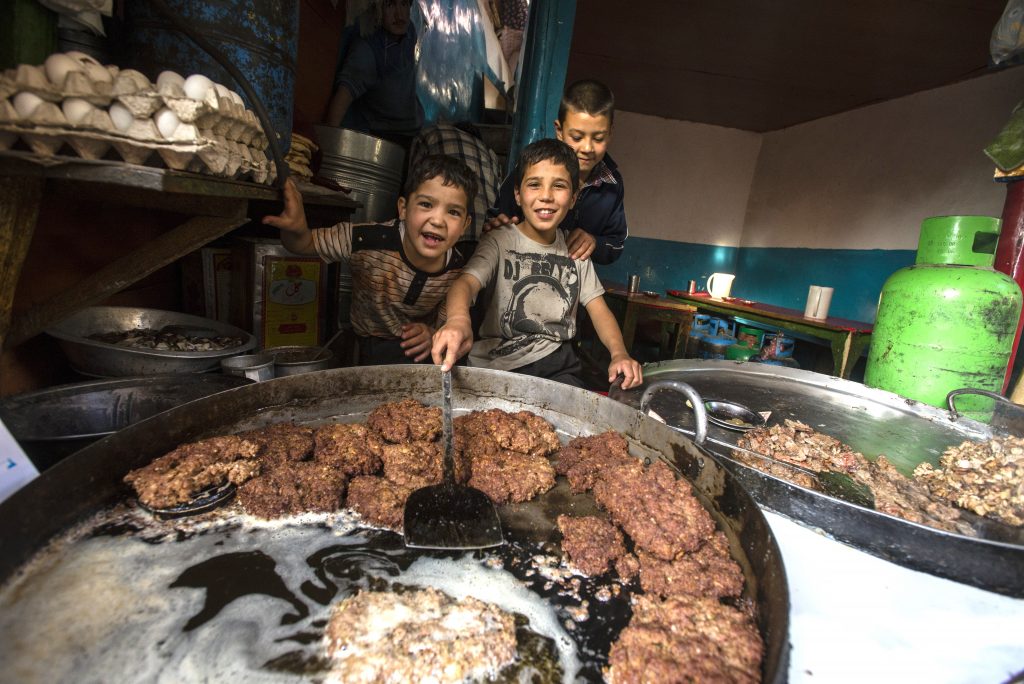
Another street in the neighbourhood of Shahre Naw, called Chicken Street, is where one can find traditional Afghan products, such as leather and wooden embellishments. Some shops on this street even sell clothes made with the skin of qaraqol, or karakul, a special breed of domestic sheep that originated in Central Asia. This material, a relatively coarse fibre, is used for outer garments and hats. Silk carpets are a mainstay of this area as well.
My heart recalls Qarqa Lake as a home away from home – always a breath of fresh air as a child who marvelled at its scenic beauty. Located just nine kilometres from central Kabul, it is the ideal location for bike rides, jogs and picnics. Sadly, a suicide attack took place here three years ago, tainting its serene reputation, and the reason these gorgeous surroundings have seen fewer visitors since. This is a snapshot of Kabul, where fear and love thrive side by side.
For more stories and photos, check out Asian Geographic Issue 112.



